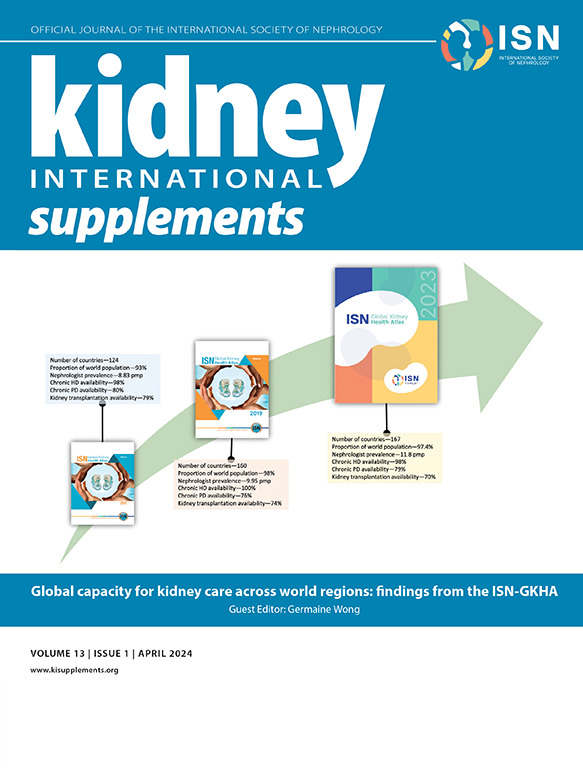The health workforce is the cornerstone of any health care system. An adequately trained and sufficiently staffed workforce is essential to reach universal health coverage. In particular, a nephrology workforce is critical to meet the growing worldwide burden of kidney disease. Despite some attempts, the global nephrology workforce and training capacity remains widely unknown. This multinational cross-sectional survey was part of the Global Kidney Health Atlas project, a new initiative administered by the International Society of Nephrology (ISN). The objective of this study was to address the existing global nephrology workforce and training capacity. The questionnaire was administered online, and all data were analyzed and presented by ISN regions and World Bank country classification. Overall, 125 United Nations member states responded to the entire survey, with 121 countries responding to survey questions pertaining to the nephrology workforce. The global nephrologist density was 8.83 per million population (PMP); high-income countries reported a nephrologist density of 28.52 PMP compared with 0.31 PMP in low-income countries. Similarly, the global nephrologist trainee density was 1.87 PMP; high-income countries reported a 30 times greater nephrology trainee density than low-income countries (6.03 PMP vs. 0.18 PMP). Countries reported a shortage in all care providers in nephrology. A nephrology training program existed in 79% of countries, ranging from 97% in high-income countries to 41% in low-income countries. In countries with a training program, the majority (86%) of programs were 2 to 4 years, and the most common training structure (56%) was following general internal medicine. We found significant variation in the global density of nephrologists and nephrology trainees and shortages in all care providers in nephrology; the gap was more prominent in low-income countries, particularly in African and South Asian ISN regions. These findings point to significant gaps in the current nephrology workforce and opportunities for countries and regions to develop and maintain a sustainable workforce.





